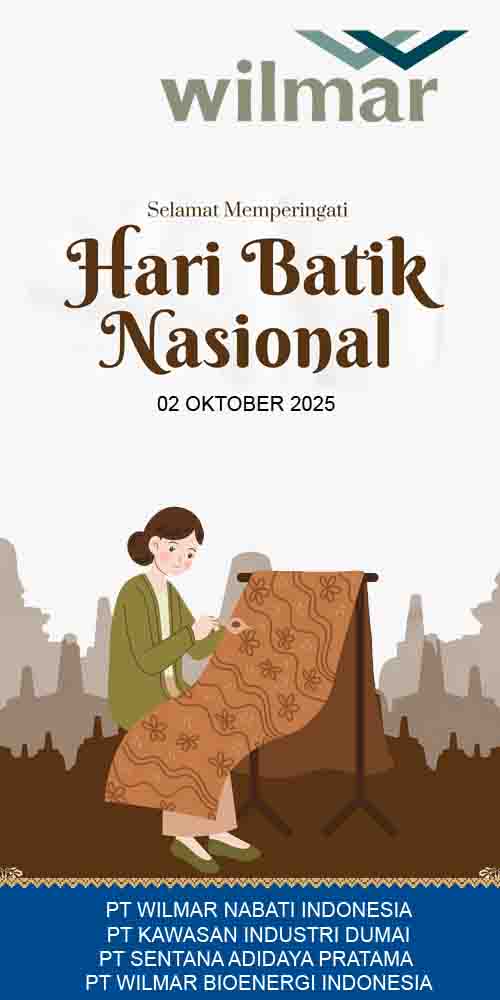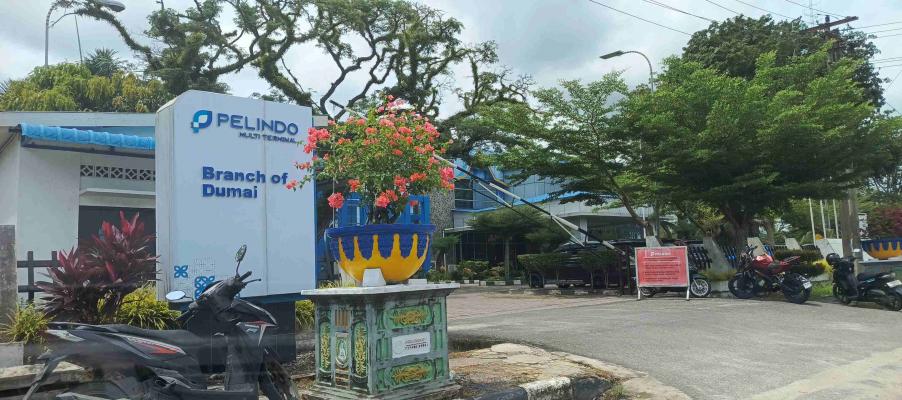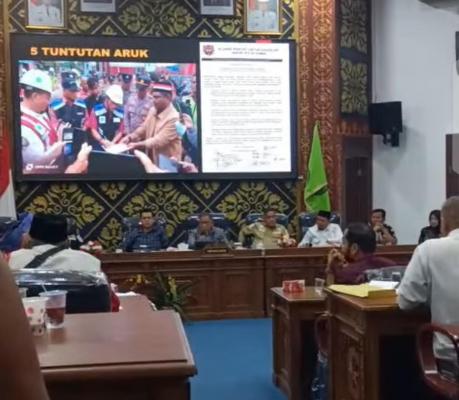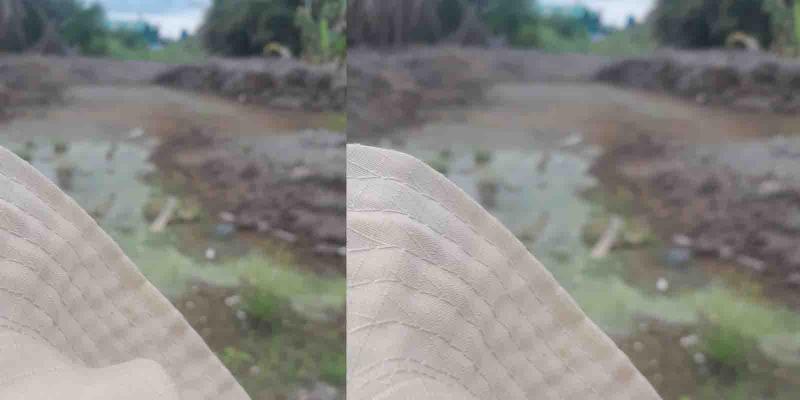- Home
- MediaOutReach
- Increasing Competition, Economic Slowdown and Cyber Threats are Reshaping Asia's Business Landscape: Aon Survey
Increasing Competition, Economic Slowdown and Cyber Threats are Reshaping Asia's Business Landscape: Aon Survey
Rabu, 05 November 2025 | 21:01
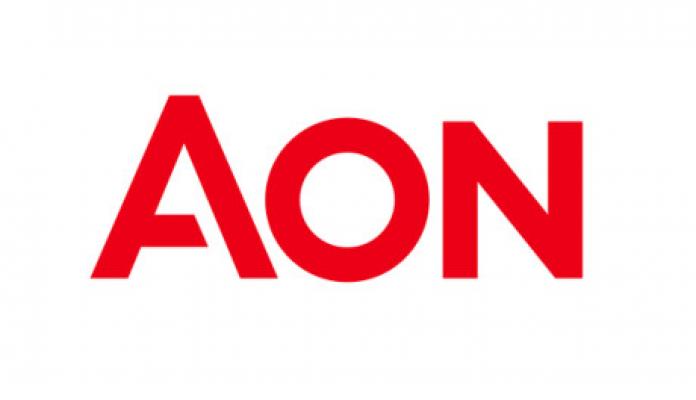
SINGAPORE -
Media OutReach Newswire - 5 November 2025 - Aon plc (NYSE: AON), a leading global professional services firm, today released the Asia findings of its
2025 Global Risk Management Survey,
revealing the region is grappling with intensifying competition and
economic uncertainty as organisations confront a new era of disruption
and transformation. The survey, which gathered insights from nearly
3,000 risk managers, C-suite leaders, and executives across 63
countries, highlights how Asia's risk priorities are shifting in
response to technological, economic and geopolitical forces.
Asia's Top Risks: Competition Surges, Cyber Threats Persist
"Cyber Attacks/Data Breach" remains the number one risk across Asia. However, in 2025 "Increasing Competition" and "Exchange Rate Fluctuation" have risen sharply, reflecting the region's dynamic markets and heightened exposure to global financial volatility. "Increasing Competition" is now in business leaders top three key risks for the region, a significant jump from eighth place in 2023.
Asia's risk landscape also features "Weather/Natural Disasters" as a prominent concern, ranking eighth. This issue is more pronounced in Asia compared to other regions, underscoring Asia's vulnerability to climate-related disruptions. Additionally, "Failure to Attract and Retain Top Talent" rounds out the top ten risks — a challenge that does not appear among the global top ten, highlighting unique workforce pressures in the region.
The survey found that 52.1 percent of businesses reported losses due to "Exchange Rate Fluctuations", followed by 45.4 percent from "Economic Slowdown" and 43.6 percent "Increasing Competition". Workforce challenges persist, with 30.4 percent of businesses reporting losses due to "Failure to Attract and Retain Top Talent".
"Asia's business environment is transforming rapidly. Digitalisation, shifting economic currents and increasing competition are reshaping priorities," said Terence Williams, head of Commercial Risk, APAC at Aon. "Today's challenges are more interconnected than ever — cyber threats can disrupt supply chains; economic volatility can impact talent retention and climate events can trigger regulatory changes overnight. The insights from Aon's 2025 Global Risk Management Survey offer leaders clarity amid complexity, helping them benchmark and focus risk strategies."
Asia's Top Ten Business Risks in 2025
According to the survey, the top ten risks for organisations in Asia are:
The survey highlights the risks facing Asian organisations and clear opportunities for resilience and growth. While risk awareness is rising, most organisations have yet to quantify their exposures or leverage advanced analytics.
Risk management planning remains inconsistent across the region:
While most organisations in Asia recognise the importance of risk management, there is still room to strengthen and formalise their approach — unlocking greater resilience and future growth.
"In a world where disruption is the new normal, understanding the intersection and velocity of risks are essential for creating sustainable success," said Adam Peckman, global head of cyber risk consulting and head of Cyber Solutions for APAC at Aon. "To mitigate the risks of Cyber Attacks and Economic Slowdown, organisations must move away from a reactive approach and instead embed cyber resilience and financial agility into their core strategies. This means adopting advanced analytics, scenario planning, robust continuity frameworks and continually evaluating the role of risk capital to manage volatility."
Future Risks Reflect the Growing Influence of Interconnected Megatrends
Aon's 2025 Global Risk Management Survey also provides a forward-looking perspective on the risks business leaders expect to be most critical by 2028. Increasing competition and cyber risk remain the top concerns for the future, while geopolitical volatility joins the top five future risks, reflecting the growing instability across regions, with implications for supply chains, regulatory environments and financial performance.
Asia's Top Five Future Business Risks by 2028
"Looking ahead, the interplay of increasing competition and geopolitical volatility are expected to dominate the regional risk landscape. Businesses should prepare by adopting more predictive risk intelligence with AI-powered indicators and building more resilient supply chains. Innovative approaches to raising capital for managing risks – such as captives and parametric products - will be key. By focusing on both immediate disruptive threats and emerging risk trends, organisations can build resilience and unlock new opportunities in a rapidly evolving market," Williams added.
Disclaimer
The information contained in this document is solely for information purposes, for general guidance only and is not intended to address the circumstances of any particular individual or entity. Although Aon endeavours to provide accurate and timely information and uses sources that it considers reliable, the firm does not warrant, represent or guarantee the accuracy, adequacy, completeness or fitness for any purpose of any content of this document and can accept no liability for any loss incurred in any way by any person who may rely on it. There can be no guarantee that the information contained in this document will remain accurate as on the date it is received or that it will continue to be accurate in the future. No individual or entity should make decisions or act based solely on the information contained herein without appropriate professional advice and targeted research.
Asia's Top Risks: Competition Surges, Cyber Threats Persist
"Cyber Attacks/Data Breach" remains the number one risk across Asia. However, in 2025 "Increasing Competition" and "Exchange Rate Fluctuation" have risen sharply, reflecting the region's dynamic markets and heightened exposure to global financial volatility. "Increasing Competition" is now in business leaders top three key risks for the region, a significant jump from eighth place in 2023.
Asia's risk landscape also features "Weather/Natural Disasters" as a prominent concern, ranking eighth. This issue is more pronounced in Asia compared to other regions, underscoring Asia's vulnerability to climate-related disruptions. Additionally, "Failure to Attract and Retain Top Talent" rounds out the top ten risks — a challenge that does not appear among the global top ten, highlighting unique workforce pressures in the region.
The survey found that 52.1 percent of businesses reported losses due to "Exchange Rate Fluctuations", followed by 45.4 percent from "Economic Slowdown" and 43.6 percent "Increasing Competition". Workforce challenges persist, with 30.4 percent of businesses reporting losses due to "Failure to Attract and Retain Top Talent".
"Asia's business environment is transforming rapidly. Digitalisation, shifting economic currents and increasing competition are reshaping priorities," said Terence Williams, head of Commercial Risk, APAC at Aon. "Today's challenges are more interconnected than ever — cyber threats can disrupt supply chains; economic volatility can impact talent retention and climate events can trigger regulatory changes overnight. The insights from Aon's 2025 Global Risk Management Survey offer leaders clarity amid complexity, helping them benchmark and focus risk strategies."
Asia's Top Ten Business Risks in 2025
According to the survey, the top ten risks for organisations in Asia are:
- Cyber Attacks/Data Breach
- Economic Slowdown/Slow Recovery
- Increasing Competition
- Business Interruption
- Supply Chain or Distribution Failure
- Commodity Price Risk/Scarcity of Materials
- Exchange Rate Fluctuation
- Weather/Natural Disasters
- Regulatory/Legislative Changes
- Failure to Attract or Retain Top Talent
The survey highlights the risks facing Asian organisations and clear opportunities for resilience and growth. While risk awareness is rising, most organisations have yet to quantify their exposures or leverage advanced analytics.
Risk management planning remains inconsistent across the region:
- 24.3 percent of businesses have assessed cyber risk,
- 18.8 percent have developed continuity plans,
- 25.6 percent have a risk management plan for "Cyber Attacks/Data Breaches".
- 27.8 percent have assessed the risk,
- 16.7 percent have continuity plans,
- 24.4 percent have risk management plans.
- 32.5 percent have assessed the risk,
- 16.9 percent have continuity plans,
- 34.9 percent have risk management plans.
While most organisations in Asia recognise the importance of risk management, there is still room to strengthen and formalise their approach — unlocking greater resilience and future growth.
"In a world where disruption is the new normal, understanding the intersection and velocity of risks are essential for creating sustainable success," said Adam Peckman, global head of cyber risk consulting and head of Cyber Solutions for APAC at Aon. "To mitigate the risks of Cyber Attacks and Economic Slowdown, organisations must move away from a reactive approach and instead embed cyber resilience and financial agility into their core strategies. This means adopting advanced analytics, scenario planning, robust continuity frameworks and continually evaluating the role of risk capital to manage volatility."
Future Risks Reflect the Growing Influence of Interconnected Megatrends
Aon's 2025 Global Risk Management Survey also provides a forward-looking perspective on the risks business leaders expect to be most critical by 2028. Increasing competition and cyber risk remain the top concerns for the future, while geopolitical volatility joins the top five future risks, reflecting the growing instability across regions, with implications for supply chains, regulatory environments and financial performance.
Asia's Top Five Future Business Risks by 2028
- Increasing Competition
- Cyber Attacks/Data Breach
- Economic Slowdown/Slow Recovery
- Geopolitical Volatility
- Business Interruption
"Looking ahead, the interplay of increasing competition and geopolitical volatility are expected to dominate the regional risk landscape. Businesses should prepare by adopting more predictive risk intelligence with AI-powered indicators and building more resilient supply chains. Innovative approaches to raising capital for managing risks – such as captives and parametric products - will be key. By focusing on both immediate disruptive threats and emerging risk trends, organisations can build resilience and unlock new opportunities in a rapidly evolving market," Williams added.
Disclaimer
The information contained in this document is solely for information purposes, for general guidance only and is not intended to address the circumstances of any particular individual or entity. Although Aon endeavours to provide accurate and timely information and uses sources that it considers reliable, the firm does not warrant, represent or guarantee the accuracy, adequacy, completeness or fitness for any purpose of any content of this document and can accept no liability for any loss incurred in any way by any person who may rely on it. There can be no guarantee that the information contained in this document will remain accurate as on the date it is received or that it will continue to be accurate in the future. No individual or entity should make decisions or act based solely on the information contained herein without appropriate professional advice and targeted research.
BERITA LAINNYA

Rabu, 05 November 2025 | 21:10
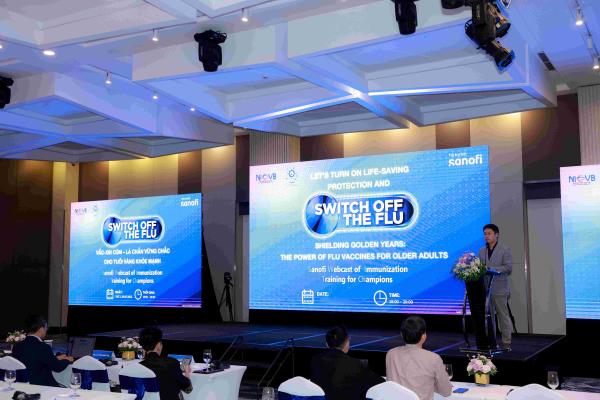
Rabu, 05 November 2025 | 21:08

Rabu, 05 November 2025 | 21:07

Rabu, 05 November 2025 | 21:04

Rabu, 05 November 2025 | 21:03

Rabu, 05 November 2025 | 21:02

Rabu, 05 November 2025 | 21:01

Rabu, 05 November 2025 | 21:00
Rabu, 05 November 2025 | 20:59
Rabu, 05 November 2025 | 20:57





